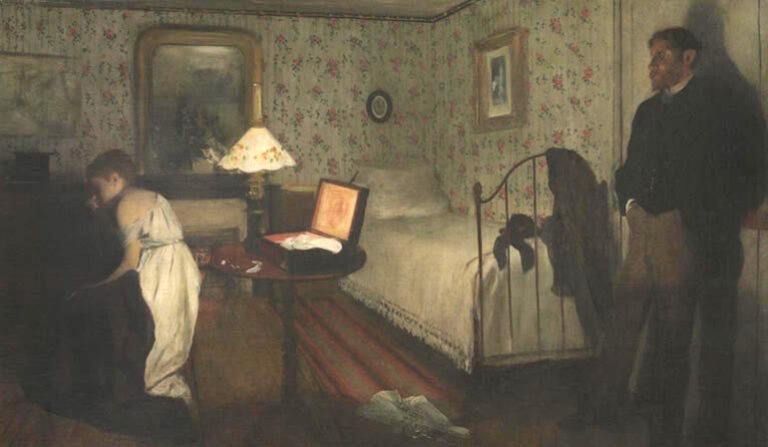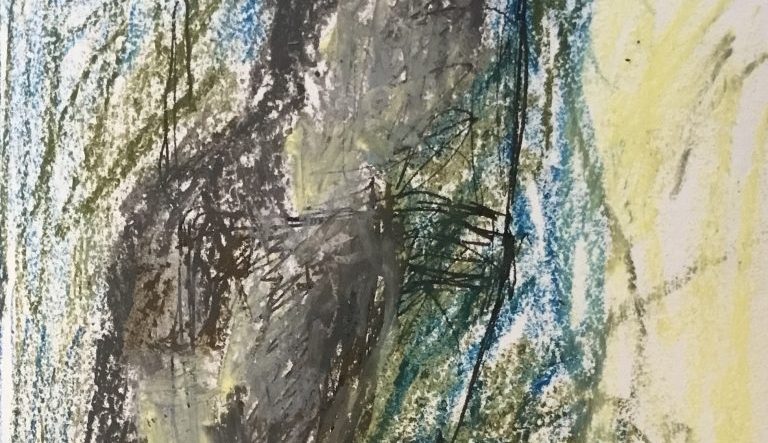The Best Short Story I Read in a Lit Mag This Week: “How to Eat Chicken Wings” by Kristen Arnett

Flannery O’Connor wrote, “The longer you look at one object, the more of the world you see in it.” In her second-person flash fiction piece “How to Eat Chicken Wings,” (Tin House/The Open Bar) Kristen Arnett takes a long look at the object in her title, and what’s revealed is a story about overcoming and coming to terms with one’s past.
From the opening paragraph, Arnett’s narrator isn’t coy about her use of the chicken wing as both a metaphor and an organizational center.
“There’s a map bred in the bones of the bird. Before you ingest the chicken wing, you must know the vertices of its hinge, that place where tendons and gristle connect and shake hands.”
The narrator is interested in both physical (tendon) and conceptual (vertices) connection. Notice also the situational humor brought out by Arnett’s use of scientific words such as “ingest” and “vertices” alongside the everyday language of, well, eating chicken.
But this contrast of vocabulary isn’t only for humor’s sake. In the first scene of the story—titled “Origin,” a geometric plotting reference—takes us to a church picnic, where the fourth grade narrator is eating chicken and getting covered in barbecue sauce.
“Let the girls from your Sunday school class hover over you like a swarm of horseflies. Their wings will unfurl to note the red stain at your crotch and the matching stain at your lips. They’ll christen you menstrual bloodsucker; unholy dyke vampire. Optional: when you’re done crying, bury the chicken bones in the anthill you’ve been sitting on. Fashion a cross out of two Popsicle sticks.”
The trauma is visceral and filled with competing symbols that crash (no pun intended) between registers. Look how Arnett contrasts the stains from a dead animal covered in barbecue sauce and the the young narrator’s first period. Then the christening of an “unholy dyke vampire,” (more on that later) is set next to the burying of chicken bones beneath a cross made from another kind of bones—those of a kid’s treat.
At this point, Arnett’s map has shown us through the narrator’s rejection of her religion and childhood. Next it moves to a section on her family titled “X and Y Axis.” Here, she makes good on O’Connor’s promise that the longer you look at an object, the more you see.
“Eat a dry baked potato while your father points a wing at your face and says no daughter of mine. Let your mother squeeze your arm and whisper that you’d probably like chicken wings if you gave them half a chance. Wouldn’t your life be easier if you ate chicken wings? Your mother says she doesn’t particularly like them, either, but chicken wings have afforded her a stable lifestyle. How can you have children without chicken wings?”
The reason behind of the narrator’s childhood ostracism by the church, and now her family, becomes clear. Just replace chicken with men in the above paragraph, and this becomes about sexual identity (and family identity and cultural identity as well). The object has opened up a world.
Arnett brings the story to a close at a New Year’s Eve party, where she witnesses a one-year-old boy choking on a chicken bone. She moves in to save him.
“Root in his wet, red mouth with a single digit. The throat is a slippery cavern that chicken wings don’t ever want to leave, so you’ll have to do this more than once…you’ll shout the name “Christ,” though you haven’t spoken to him in years. Hook your finger and angle it toward the vee of bones, snagging upward and reeling…Let it die there in the grass while the boy sucks oxygen and his mother leans over him like a smothering blanket.”
There’s a satisfying redemption here. The narrator is able to save the child’s life, and in doing so the object “dies” there in the grass—losing its power. But there’s a sadness as well; notice the mother is leaning over the boy like a “smothering blanket.” The chicken wing might be his to overcome now. The world has not changed, but the narrator has. As the party and story come to a close, she’s free to feast both on barbecue chicken and newfound love. It’s midnight, and the New Year has come to embrace the old before leaving it behind.


